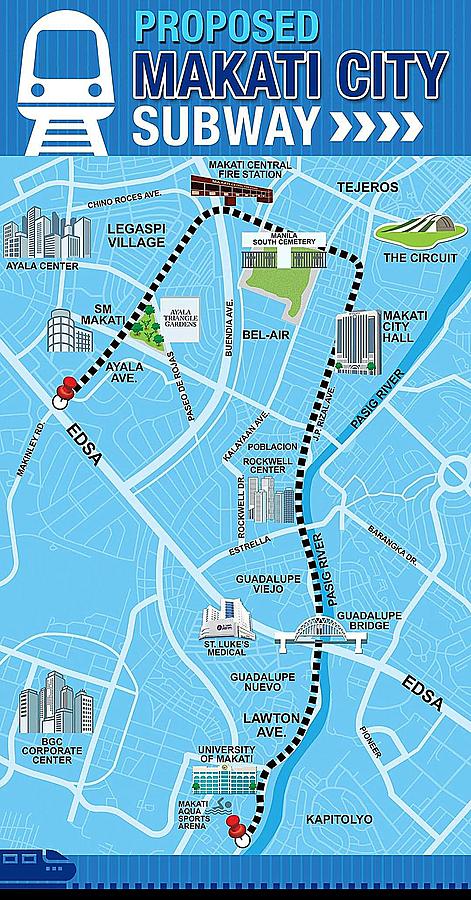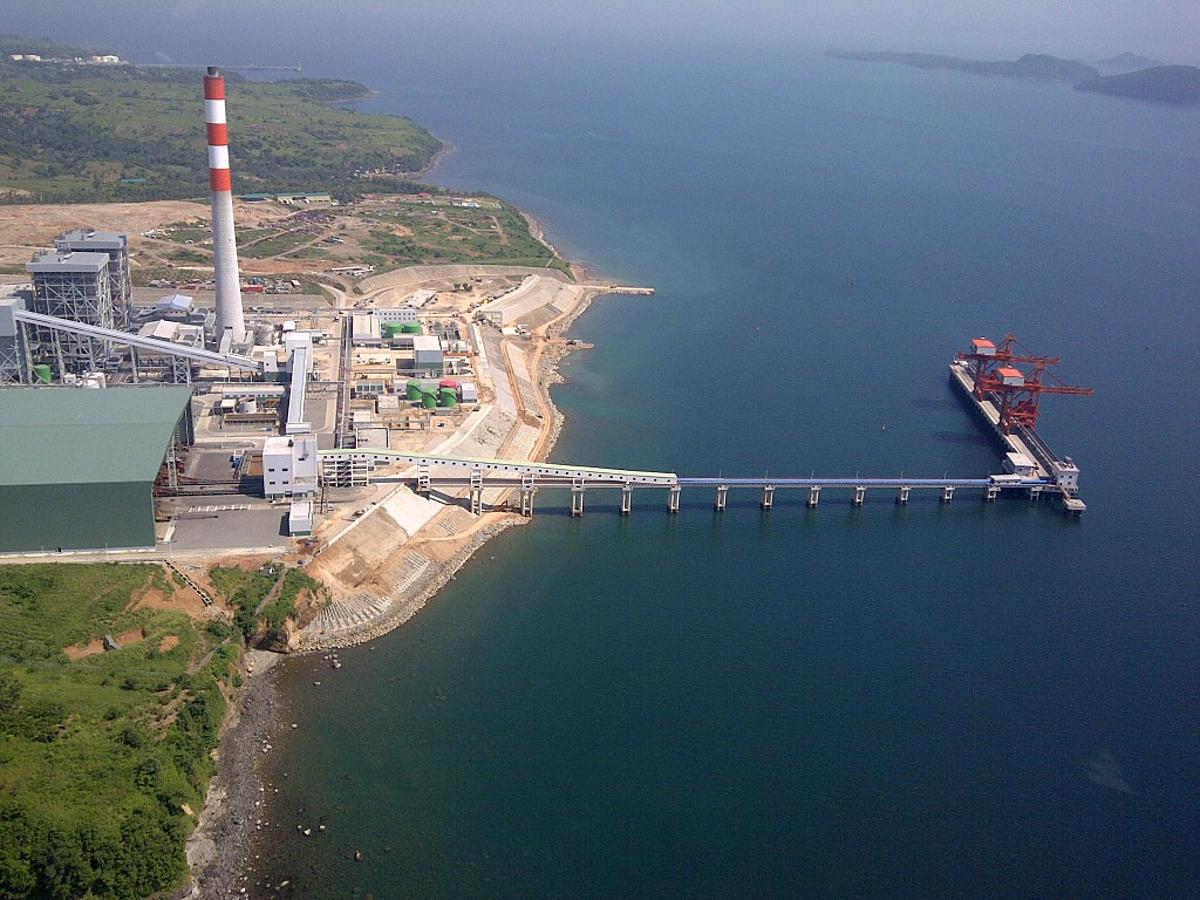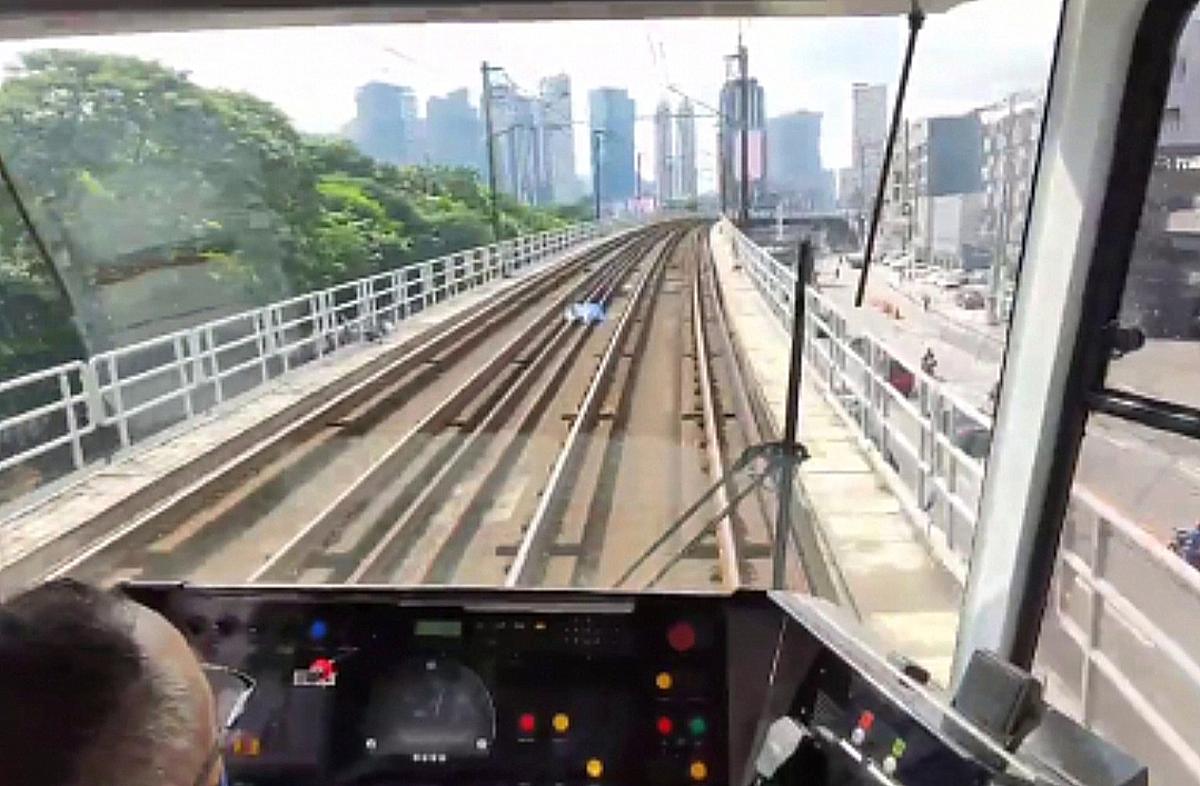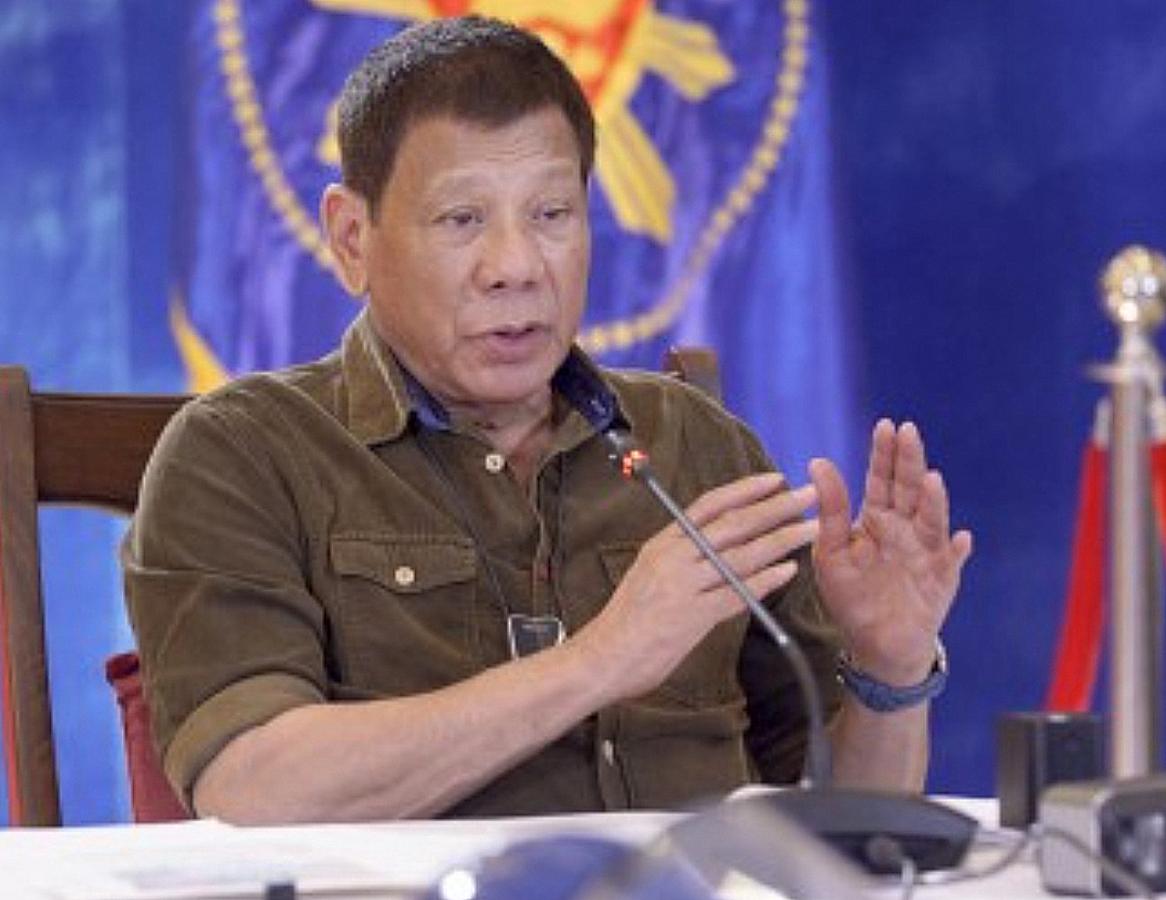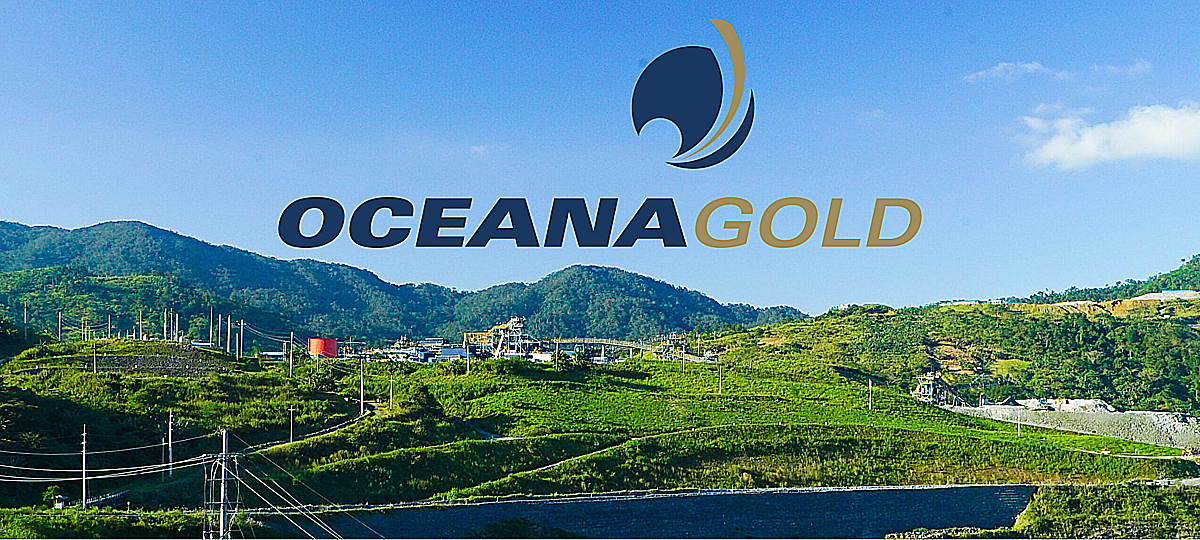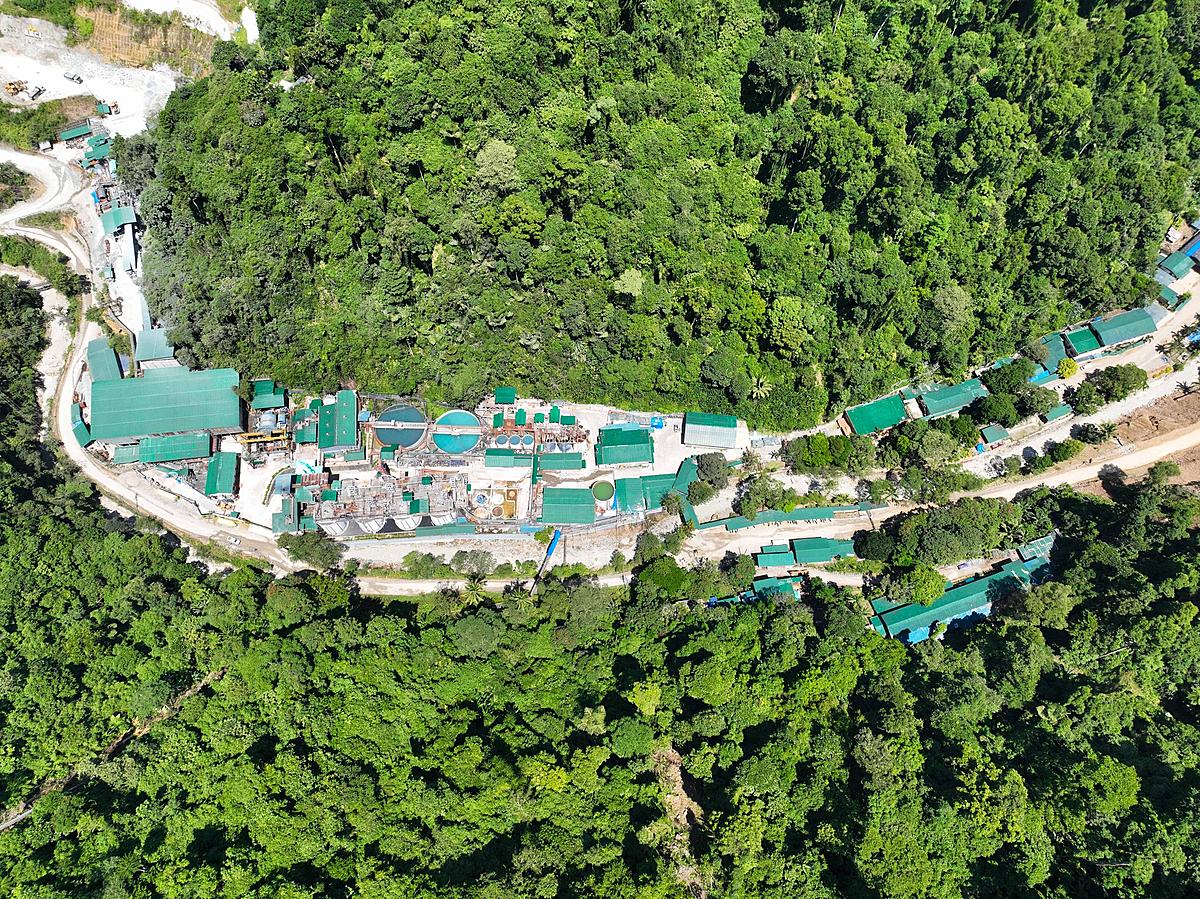Last 21 October 2020, Makati City government passed and approved an ordinance authorizing the acquisition of right of way covering the underground portions of nine roads that are affected by Makati City government’s subway project.
As per Ordinance No. 2020-204, the roads that will be affected by the project are:
Sen. Gil Puyat Avenue, South Avenue, J.P. Rizal Avenue, J.P. Rizal Extension, Pablo Ocampo St. Extension (Vito Cruz Extension), Kalayaan Avenue, EDSA (Epifanio de los Santos Avenue), C-5 Road (a.k.a. Carlos P. Garcia Avenue), and San Guillermo Avenue.
The city ordinance mentions of subsurface right of way need to be acquired for the “staging, construction, operation, maintenance and development of the Makati Subway Project.” The nine roads mentioned above are in the road and bridge inventory of the Department of Public Works and Highways (DPWH). Therefore, they fall under the jurisdiction of the department.
“Considering the importance of acquiring the easement of the right of way of the subject roads for the benefit of the citizens of Makati, the City Government of Makati is constrained to acquire, through voluntary agreement or expropriation proceedings, an easement of right of way of the subject roads.” [1]
Section 19 of the Republic Act No. 7160 or Local Government Code of 1991 stated the authorizing of expropriations if needed.
The City of Makati has entered into negotiations with and made a “valid and definite offer” to the DPWH for the acquisition of right of way.
Philippine Infradev is building a subway that is worth $3.5 billion that shall traverse the central business district of Makati City. There will be 10 stations across the 10-kilometer line.
Last September, Philippine Infradev signed a $1.21-billion contract that covers engineering, procurement and construction with China Construction Second Engineering Bureau Co. Ltd. For the subway project. The subway project is expected to accommodate 700,000 passengers daily in order to reduce the traffic congestion in the city. They are targeting the subway’s completion in 2025. [1]
About the Makati Subway Project
The Makati Intra-city Subway is a planned underground rapid transit line in the City of Makati that spans out to 11 kilometers or 6.8 miles. This is designed to link establishments across Makati’s business district. The project is a partnership between the Makati City Government and a private consortium led by Philippine Infradev Holdings. The subway line’s stations will be connecting the existing Line 3 (Guadalupe Station), the Pasig River Ferry Service, and the approved Line 9 (Metro Manila Subway).
It was on 12 December 2018 when the preparatory work was commenced. On the same day, ceremonial drilling took place in front of the Makati City Hall. The Makati City Hall is near the site of one of the proposed stations of the subway.
On this day, the signing of the memorandum of understanding also took place. The memorandum was signed by Makati City Government and a consortium consisting of Philippine Infradev and Chinese firms Greenland Holdings Group, Jiangsu Provincial Construction Group Company Ltd., Holdings Ltd. and China Harbour Engineering Company Ltd.
Soil testing and feasibility studies of the proposed locations for the subway line’s stations were done as part of the preparatory work.
By June 2019, 8 out of the 10 proposed stations have been finalized. The two proposed stations along Ayala Avenue are yet to be finalized due to “non-response” from its owners. The proponents said that they may divert the subway towards PNR Buendia Station or the Mile Long property in Legaspi Village instead. For now, the first station will be located at the Makati Central Fire Station. The fire station will be demolished. From there, the line goes towards a Lucia Tan owned property near Circuit Makati and Makati City Hall.
The remaining stations will be located near Rockwell Center, Makati Bliss Housing in Guadalupe, Century City, University of Makati, Cembo and the final station will be near Ospital ng Makati.
In July 2019, soil testing related with the subway project was completed. Philippine Infradev and the Makati City Government signed a joint venture agreement for the subway project.
By October 2019, the plan to move the terminus of the line to the Mile Long property has been finalized. The area is being redeveloped by the national government along Amorsolo Street. The soil test results were favourable and the route diversion meant that the cost of the project might be reduced to as low as $2.5 billion.
Moreover, a joint venture with Megaworld Corp. was made to build a common station in Guadalupe for the subway system and for the planned SkyTrain. Based on a disclosure to the stock exchange, the Philippine Infradev’s subsidiary, Makati City Subway Inc. (MCSI) received the term sheet from Megaworld Corp. This joint venture will build access to the Line 3 Guadalupe Station and the Pasig River Ferry.
Philippine Infradev has an agreement with China Construction First Group Corp. Ltd. (CCFG) to build a transit-oriented development. Based on this agreement, CCFG is responsible for the construction, materials, manpower, equipment and other requirements to complete the project. The construction is expected to last for 42 months. [2]
References:
[1] Balinbin, Arjay L (25 October 2020). Business World. “Makati passes right-of-way ordinance for subway project”. Retrieved from - https://www.bworldonline.com/makati-passes-right-of-way-ordinance-for-subway-project/
[2] https://en.wikipedia.org/wiki/Makati_Intra-city_Subway
(Photo credit: IRC Properties Inc.)

